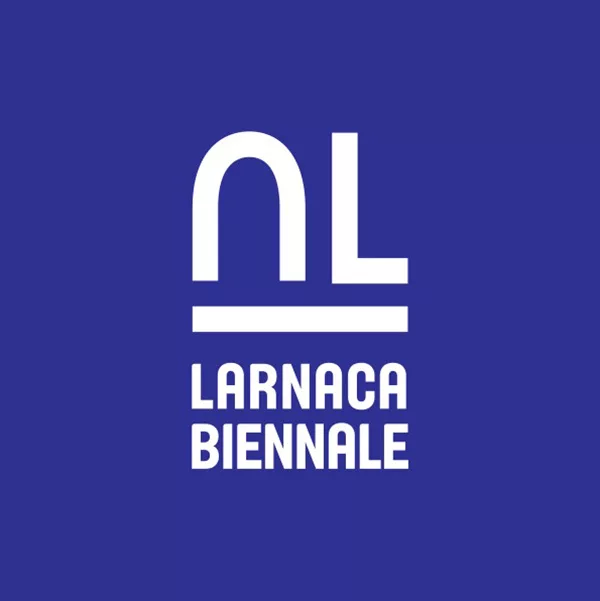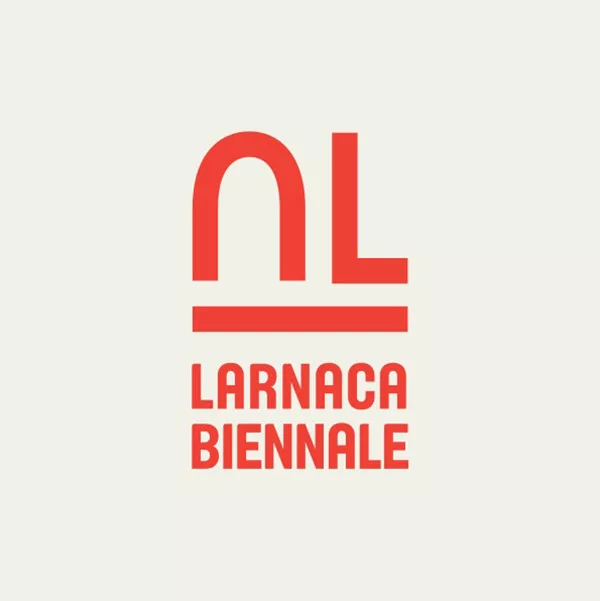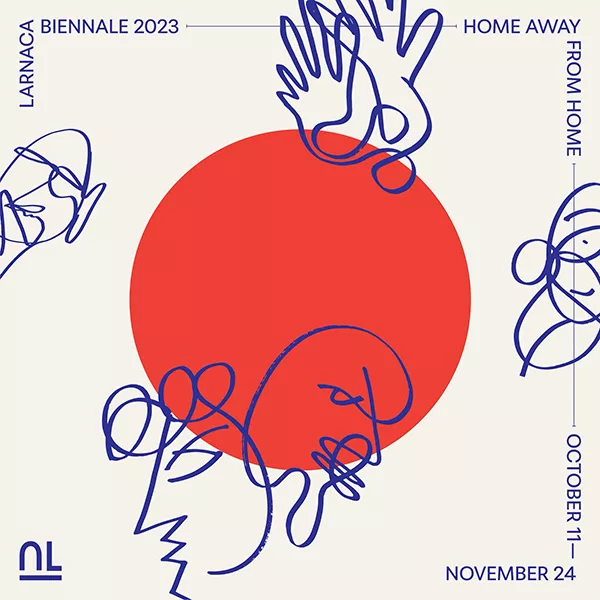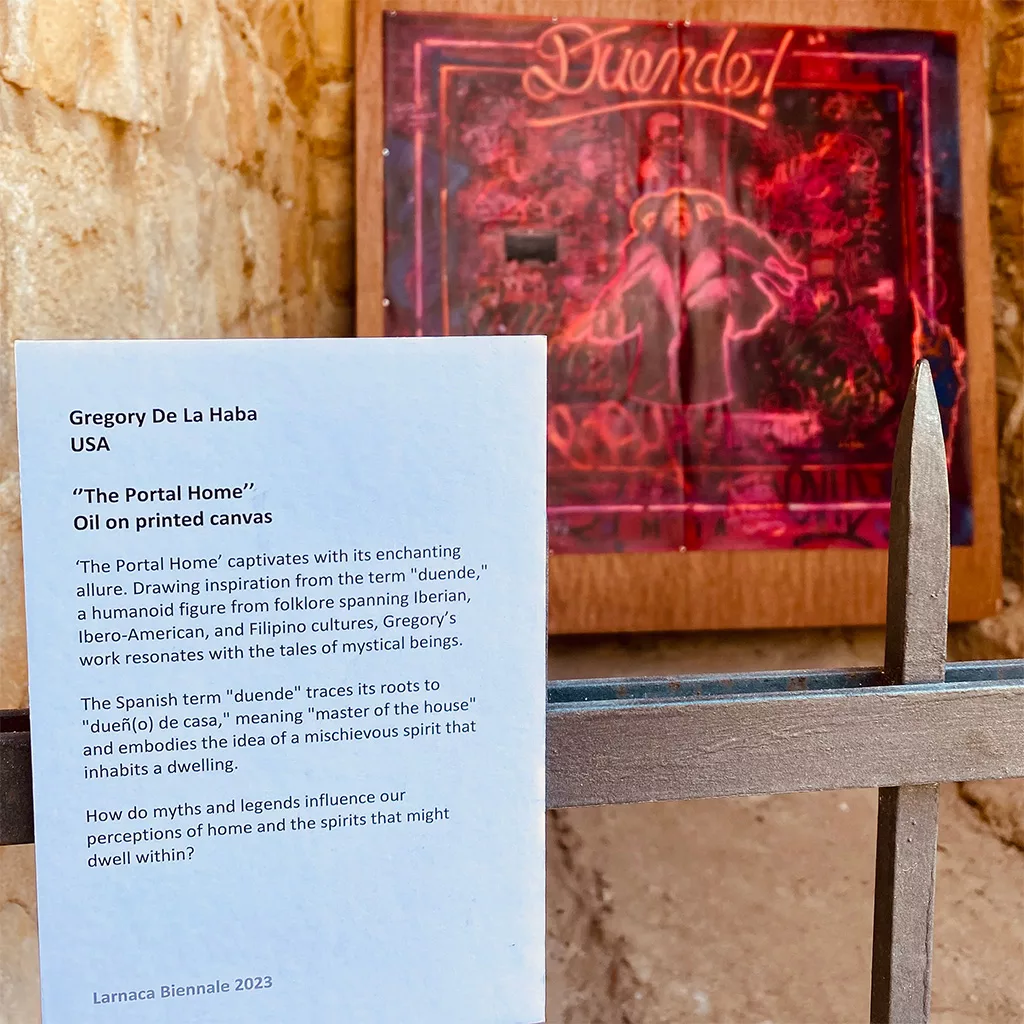‘Home Away From Home’
Featured Artist: Gregory de la Haba
Work Exhibited: The Portal Home (Duende MMXXI-VII)

Oil, Spray Paint, Wheat-Paste & Krink Marker on Printed Canvas, 223cm x 198cm
CYPRUS— Spearheaded by the Crimean-Dutch curator Yev Kravt, this year’s Larnaca Biennale takes the notion of home and its correlation to identity and/or self as its curatorial theme. Taking into consideration the far-reaching and all-encompassing notions of home, Ms. Kravt, along with the Jury Committee, Lars Kærulf Møller from Denmark, Niki Papaspirou from Greece, Lia Lapithi from Cyprus and Bertan Selim from the Netherlands, have programmed Home Away From Home into five sub-categories: Psychology, Environment, Architecture & Design, Philosophy & Spirituality, and Space & Technology.
No matter the sort of home, whether a Bedouin’s tent in a near-eastern desert or a magnificent Palazzo on the Grand Canal, to enter the confines of one’s living space, mobile or stationary, is to be embraced by all that belongs, by humanity’s upbringing—past and present, sacred and profane. The abode is a web of traditions perpetually woven by ritual, memory, sustenance, birth, and death. The abode is where life begins and where the origins of family are formed and handed-down generation after generation. It is the preliminary edifice for nurturing, teaching, and learning. And where we’d like to believe, divine love can truly be experienced and fostered regardless of roofing style, class, status, or wealth.
Beyond the structural, home as-a-noun, a dwelling, so too is home an adjective: ‘home cooking,’ ‘home remedies’; and an adverb: ‘the truth struck home’; and, simply, a verb: to home (As in to return home). Its meaning broad, boundless, and what yet fascinates this artist—in correlation to the Home Away From Home theme—is the thought that, across millennia, every soldier ever shipped-off to the battlefields of war (equal those displaced by it) longed for their safe return home. The notion of home as a place of longing, of comfort, of safety, and memorable joy, therefore, is not a modern one. Originally and perhaps primordially, home was nothing more than a mere shelter from the elements, a nest, only later constructed with roof and walls to protect the core family unit from anything and everything that could—and would—harm it. Home, in this regard, might be seen as a metaphor for humanity’s survival instinct because, without shelter, humans are exceptionally vulnerable. And we’re witnessing that vulnerability on a massive scale at this very moment, globally: From the wars in Ukraine and Syria that have already displaced millions, rendering them homeless while simultaneously forcing them to flee their ancestral lands for ones absolutely foreign to them, to the millions of migrants fleeing Central and South America for greener pastures in the United States of America, there is no shortage of people in need of and seeking a home-away-from-home, protection and a sense of permanence. Today’s troubling headlines, sadly, lend immediacy to this year’s Larnaca Biennale.




Selected as an exemplary work for their Philosophy & Spirituality showcase, the Jury Committee placed The Portal Home (Duende MMXXII-VII) inside Larnaca Castle, a 12th-century fortress along the ancient port where one can envision Othello (Shakespeare’s legendary character and himself, a Moorish soldier—and in the play—one far from home) standing tall and ready to defend Cyprus against the Ottomans. For years, Gregory de la Haba has taken to the streets of his hometown, New York City, to photograph hundreds of doors on the Lower East Side, East Village, and Williamsburg, where street and graffiti artists alike scrawl their monikers and tags or slap stickers and wheat pastings, a cornucopia of identifiers that alert all passersby of their presence in the ‘hood’. The Portal Home, like that of all the artist’s work in the series, uses the portal-door imagery as a metaphor or link between two worlds: the intangible, yet-unseen idea-world of the artist’s imagination (the top, painted layer of the artwork) and the printed-on-canvas, street-art photograph emblematic of the actual, real world.

In The Portal Home, attention zeroes-in on one of the painting’s main subjects: a self-portrait of the artist depicted as a powerful, viking-like shepherd across whose shoulders drapes a skinned carcass of a lamb once belonging to his flock. In the painting, this image is a wheat-pasted print of an original, oil-on-panel called The Good Shepherd Lost One (El Buen Pastor Perdio Uno) which brings a collage-like sensibility to the work. The biblical-theme suggests contradiction via a spiritual connection with the past while simultaneously invoking separation, detachment, and abandonment from it. Apropos, it is the freshly flayed (and sacrificial) lamb that paradoxically represents the artist’s true identity and his own departure from the proverbial herd of followers. Consequences be damned.
The primary, eye-catching element in the painting, however, is the Spanish word Duende that, like home, has many meanings in the Spanish language and floats glowingly overhead as if a halo sitting atop The Good Shepherd. Painted in the artist's signature, self-illuminating style, Duende–in relation to the biennale’s theme–alludes to being ‘away’ (mentally, physically, spiritually) but on a quantum level because in this instance, Duende references the creative moment when an artist is ‘lost’ in his/her work and is all consumed with the creative task at hand: Duende is when inspiration strikes, when time stops, and when the creative muses cause the hairs on the back of one’s neck to rise. Duende is the moment in between dream and realization, between lost and found. Duende becomes the beaconing for absolute clarity.

In the guise of clowns, painted protector-guardians sentry on either side of the portal, welcoming the viewer into de la Haba’s vision. Their presence marks the entryway of important thresholds in how the Romans placed sculpted lions outside their city’s gates, a demarcation between two separate worlds: the civilized world on the inside and the barbaric one beyond the city limits. But in art, there are no limits, and opposites attract; disparate or conflicting elements can be easily unified with color, line, shadowing, and glazing—all implemented by the artist in The Portal Home—techniques marshaled not to conceal the inner-city grit but to encapsulate the inexhaustible hustle of urban street-culture and to highlight the city’s momentous energy and the street artists’ calligraphic skills. But as with all art, it's up to the viewer to cross the borders of meaning–momentarily adopt a home-away, succumb to belonging. —de la Haba
End Note: During the creation of The Portal Home, media company Silvertuna Studios–headed by former pro-skater and street artist KOZ–came by the studio to do some filming. In tow were three NYC legends and true OGs of the city’s graffiti scene: Al Diaz (Bomb One, SAMO), EASY, and KIT 17. We were meeting to discuss the possibilities of future collaborations, but before long, they all thought it’d be a great idea to tag the in-progress painting on the wall as if it were a coveted Blackbook for each to sign. I humbly obliged and watched as each took turns leaving their notorious marks on the then-unfinished work. It is an inspiring artistic moment filled with pure duende eternally embedded within the painting’s surface.